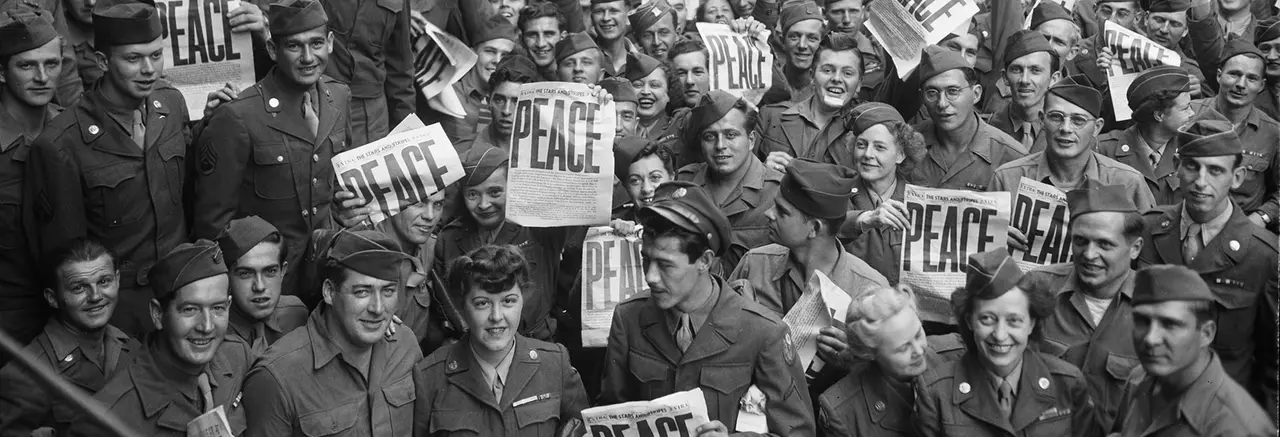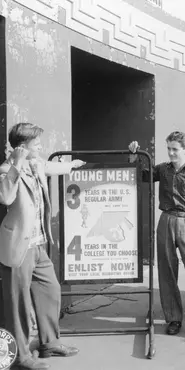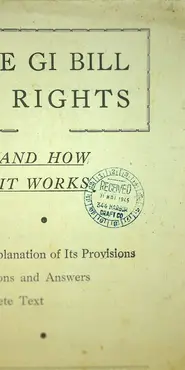Personal Circumstances
What if something changed? As you compare what the 1940 and 1950 censuses reveal about a Veteran, you might ask: How had their lives changed? Were they living in the same town or state? Was their job very different from what their parent(s) had done? If they had married, was their spouse from a similar or different background?
Young men outside an Army recruiting office in Dallas, Texas. A poster emphasizes that “3 Years in the U.S. Regular Army will earn you 4 Years in the college you choose,” January 1, 1946. (National Archives)


